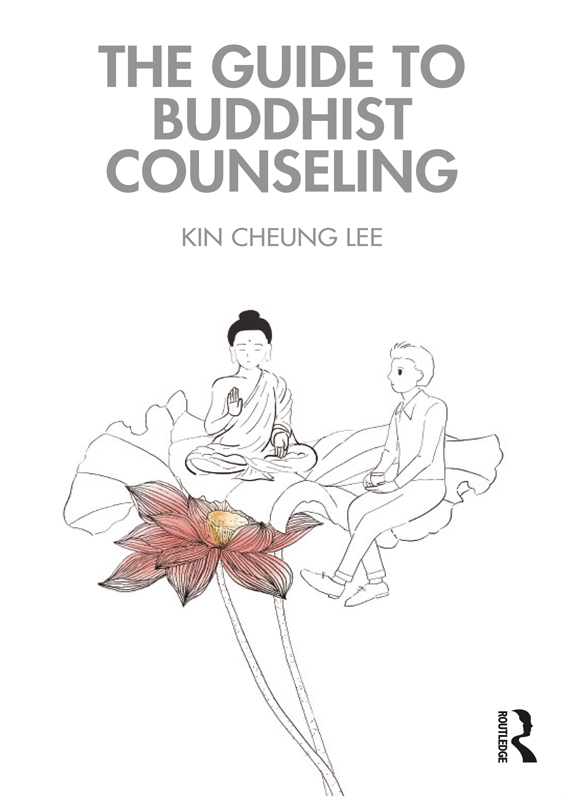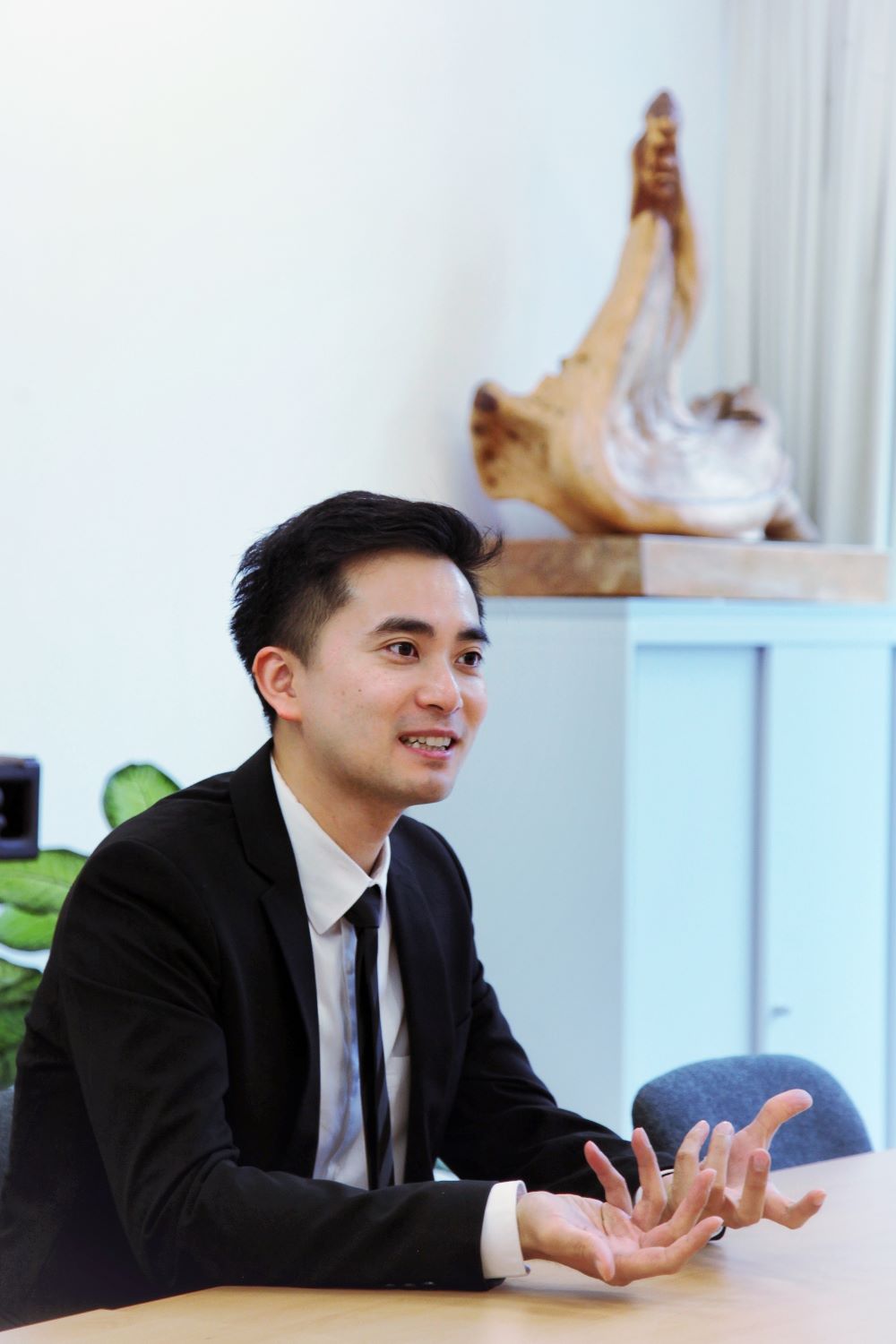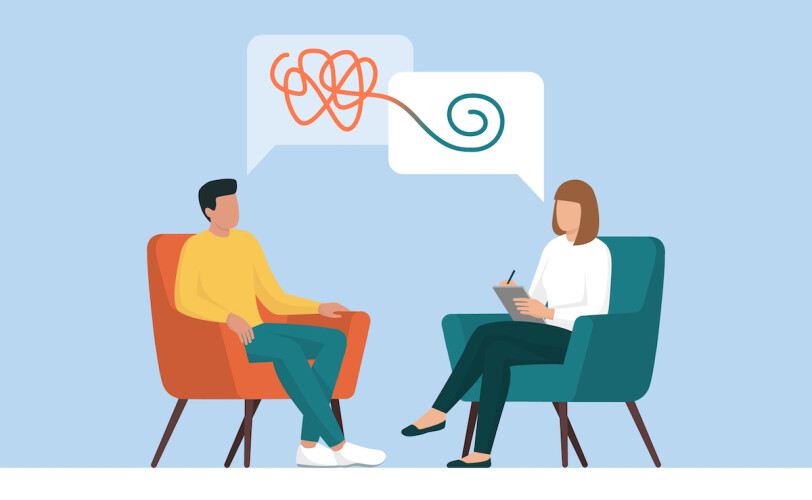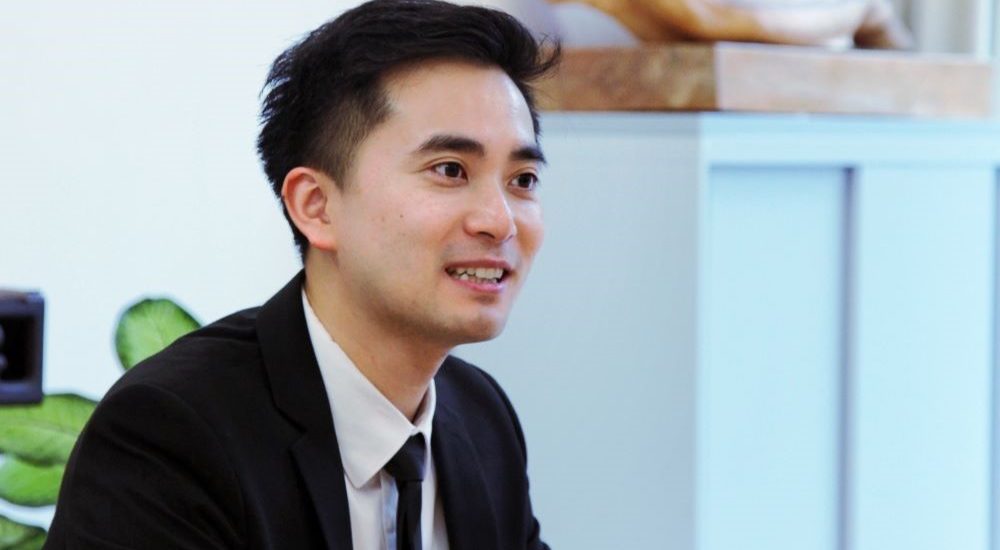One of Routledge’s more exciting new releases this year brings together two approaches to the human mind that have significant divergences but also striking overlaps. They are the school of counselling and psychotherapy, which originated in the West, and the Buddhist tradition of the Four Noble Truths, the Noble Eightfold Path, and the rich psycho-philosophical concepts embedded within the Buddha’s core schema of liberation. The straightforwardly titled The Guide to Buddhist Counselling (2023) is the first volume dedicated completely to offering a framework of Buddhism-inspired counselling and psychotherapeutic methodology (not just integrating Buddhist ideas into Western psychology or expanding on a Buddhist teaching like mindfulness in isolation). Its author, Dr. Kin Cheung Lee or George Lee, is a lecturer at The Centre of Buddhist Studies, The University of Hong Kong (HKU), and it will enjoy a book launch at Asia Society in Hong Kong on the 12th.
I will review Dr. Lee’s book in full in a separate article, but after a read through of the volume it is clear that it contains valuable lessons for not only pastoral carers or psychotherapists, but cuts across disciplines and Buddhist affiliations to offer a ground-breaking look into what could be called “treating the non-self.”

Dr. Lee was a student in psychology in the United States when, after poring over book after book on psychotherapy, he began to wonder whether there might be some contribution inspired by Asian philosophy. “As most of the students in psychology would know, almost all traditional psychological models were founded by American and European scholars using Western philosophical traditions, which led me to wonder: there are thousands of years of very wise knowledge in the East, how come there is not any prominent model using certain Eastern philosophies?” he mused in an interview with me.
Later, Dr. Lee became a therapist treating clients from very different cultural backgrounds, specifically Asian and Latino clients. “I felt that the intervention models that we use may not resonate with the cultures and worldviews of some clients. That was one of the first times that I thought, perhaps I could try something different, something more congruent to my worldview, such as Confucianism, Daoism, and Buddhism. However, I did not know what to do.”
Dr. Lee came to the conclusion that in Western psychology, religion was barely given any attention, let alone any emphasis. Psychologists were trained to respect and understand clients’ religion and worldview, but that was more of an ethical principle, and “we were basically discouraged from integrating religion into a treatment model. Perhaps that’s one of the reasons why it took so long for a structured model of Buddhist counselling to reach mental health professionals.”
Thanks to the famous mindfulness movement, people grew familiar with a secularized form of Buddhist practice, before some became interested in Buddhism. In this process, many scholars and practitioners began to realize that Buddhism was not just a religion but an entire schema that integrated philosophy and psychology in a very systematic and comprehensive way for one purpose: freedom from suffering. Dr. Lee says: “It was the same feeling for me when I taught at the University of the West [a private university based on Buddhist values in Rosemead, California] and learned Buddhism from my esteemed colleagues in religious studies and Buddhist Chaplaincy. When I saw how conceited I was for assuming that clinical psychology was the best way and the transformative power of Buddhism, I gradually integrated the framework of clinical psychology with the content of Early Buddhism into a structured counselling model.”
In “putting old wine in new bottles,” Dr. Lee suggests that he can use the orthodox models of counselling and psychology structures and frameworks, but substitute its “wine” with the “tea” of Buddha-dhamma.

I was particularly struck by how helpful and powerful the exercises for counsellors, pastoral carers, and psychotherapists were (they are scattered throughout the chapters). “I guess one thing about my way of writing those ‘preps’ for carers is that some of them were what I wish I had when I was a student. In a way, I think they can be pretty similar in format and style to the typical ‘preps’ in Western counselling. But for the Buddhist equivalent, I think the cultivation of Buddhist counsellors is very important.” He noted that in the US, he observed many solid interventions and models with great assessments, conceptualizations, and interventions. However, very few models emphasized on the training of counsellors to become happier, wiser people.
“I think Buddhist counsellors should turn to the Dhamma to have more wisdom and compassion, have less attachment, be less impaired by the Three Poisons, and so on. I believe our level of cultivation is directly proportional to our ability to use Dhamma to benefit others. More specifically, I think a good Buddhist counsellor should develop regular meditation practice, contemplate on the true meaning of and cultivate compassion, and continually learn and embody Buddhist teachings to benefit oneself. This is perhaps the most different ‘prep’ from my view of Buddhist counselling compared to typical schools.”
Throughout the book’s various case studies, Dr. Lee advocates a more flexible client-counsellor encounter. I asked him if he had encountered any extreme cases that stretched the Buddhist goals of developing mental distance and regaining control over the mind (such as a narcissist fundamentally lacking insight or unwilling to critically examine their suffering or shadow). “I think another word for flexibility for me is skillfulness. While boundaries are extremely important, the value of the counsellors lies in their ability to judge what is the best for the client at that moment and match with what the counsellor can provide in the present conditions,” he replied.
“For some difficult counselling situations, I think the first thing we need to pinpoint is what can we actually do within the causes and conditions in the moment. There are some situations in my counselling practice that there is basically ‘nothing’ I can do. This means that there is no magical technique that can promote drastic change in a client, let alone prompt liberation from suffering. In such situations, the most skillful thing is to accompany the client. Whether it is a client with narcissistic traits, suicidal intent, or trauma, the most powerful tool is to open our hearts to connect with their suffering, to try to understand their worldview as much as we can. We must be composed and compassionate, and have confidence that such connections will lead us to a better place.”

Dr. Lee is emphatic that counsellors should always work with clients’ readiness and resist, no matter how strong, the urge to rebuke. ‘This is Wrong View! You should better think like this,’ or ‘Look at how your clinging makes you suffer!’ If we phrase our advice like this we will get nowhere,” he says. “I would say, ‘I can feel your pain when you talked about it, I also sensed how you feel that you have to play this role really makes you suffer. How do you feel about the need to play this role and the suffering that comes with it?’”
I asked Dr. Lee a common question: how similar or discordant are the Buddhist foundational assumptions of anatta with the Western psychological notion of a healthy self? “I think it is common to have non-Buddhist practitioners using some Buddhist techniques nowadays, and vice versa. In fact, my book is also inspired by many great non-Buddhists and Buddhist-derived work. I think your previous question revealed the essential point in deciding what techniques to use: all interventions and techniques should be based on and be congruent with a sound theoretical orientation.”
He elaborated: “To compare the theoretical orientation of Buddhist counselling and Western counterparts, I would say that the foundational difference lies in the assumption of what is a self. Psychology, including the humanistic, existential, or psychodynamic schools, tend to see the self as a deeper existence that that of the aggregates. It does not negate the potentiality and flexibility of the self, but the existence of self is basically beyond question.” In much of Western philosophy and religion, from the Greeks to the Judeo-Christian tradition that eventually merged with Neoplatonism and pillars of Greek thought, the self is considered to be a permanent existing, independent, and blissful entity.
“This may be one of the reasons why most schools in psychology subscribe to living a life in congruence with the ‘authentic self’ and its core values. Many interventions in psychology focus making the ‘self’ flourish. The self must be ‘healthy.’ Think of the discourse we use, like knowing its potential and deeper value, forming healthy boundaries, developing ego strength, and so on,” says Dr. Lee.

In contrast, Buddhism sees a key cause of suffering as the clinging to the notion of self, because the self is a fabrication of how things truly are, and what is in our control or beyond it. To be liberated from suffering is to see the empty or dependent co-arising nature of the self and relinquish our clinging to the self-notion.
“This rudimentary difference view of self perhaps signifies the fundamental difference between Buddhism and schools of psychology that originated in the West,” concludes Dr. Lee. “But liberation from the clinging to the self-notion requires many steps. I can list them right here: First, we must see how we create and sustain a self-notion, identify the yearnings and desires to create such self-notion, before creating the conditions for a reasonably healthy and happy life to allow the conditions for contemplation.” Then, Dr. Lee advises that the suffering of holding on to the self-notion needs to be fully explicated, before we can explore possible ways to let it go: first a bit, then experimenting further to hold less rigidly and tightly. We will then glimpse a new, more wholesome way to view the self that involves the notion’s dissolution, engage in further skilful means to be less clingy, before choosing of our own volition to let go of the self-notion entirely.
As with so much in Buddhism, this goes far beyond counselling and is applicable to the entire path of practice, to life itself. “Letting go of something first requires our awareness on what we are holding and how we are clinging to it. I cannot put down my pen if I do not even know I am holding a pen. In this process of awareness, it is advisable to begin by building a healthy self as a necessary practice, so that we understand it well and know what we are letting go of.”
Reference
Lee, Kin Cheung. 2023. The Guide to Buddhist Counselling. Oxon: Routledge.


